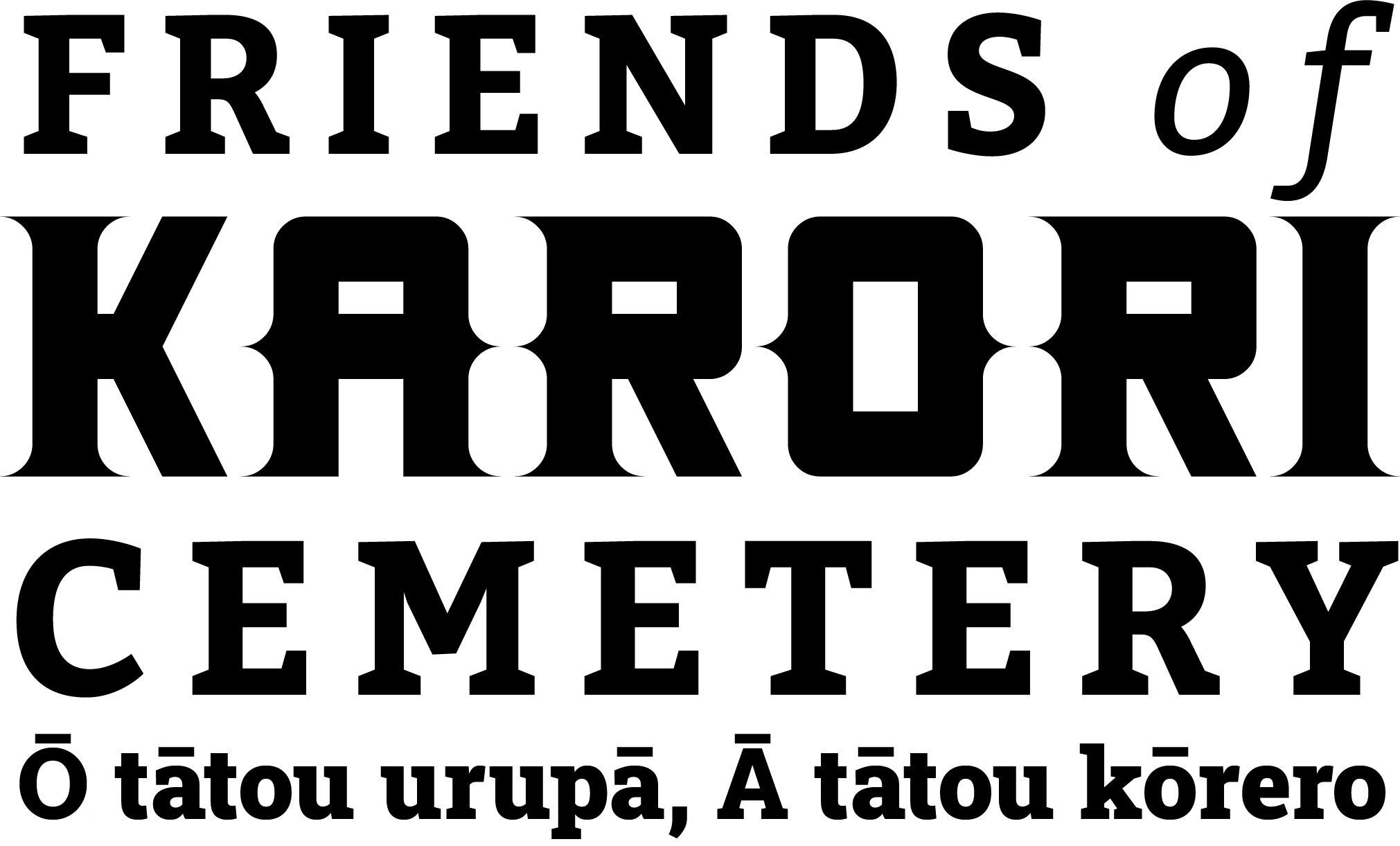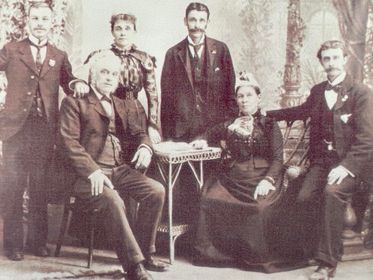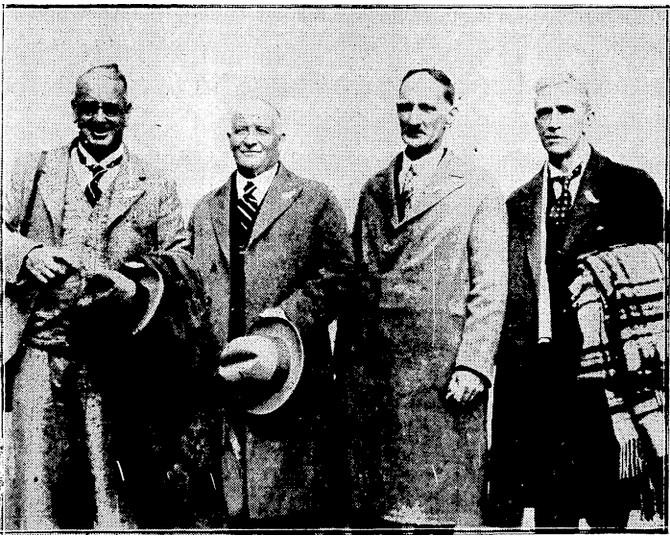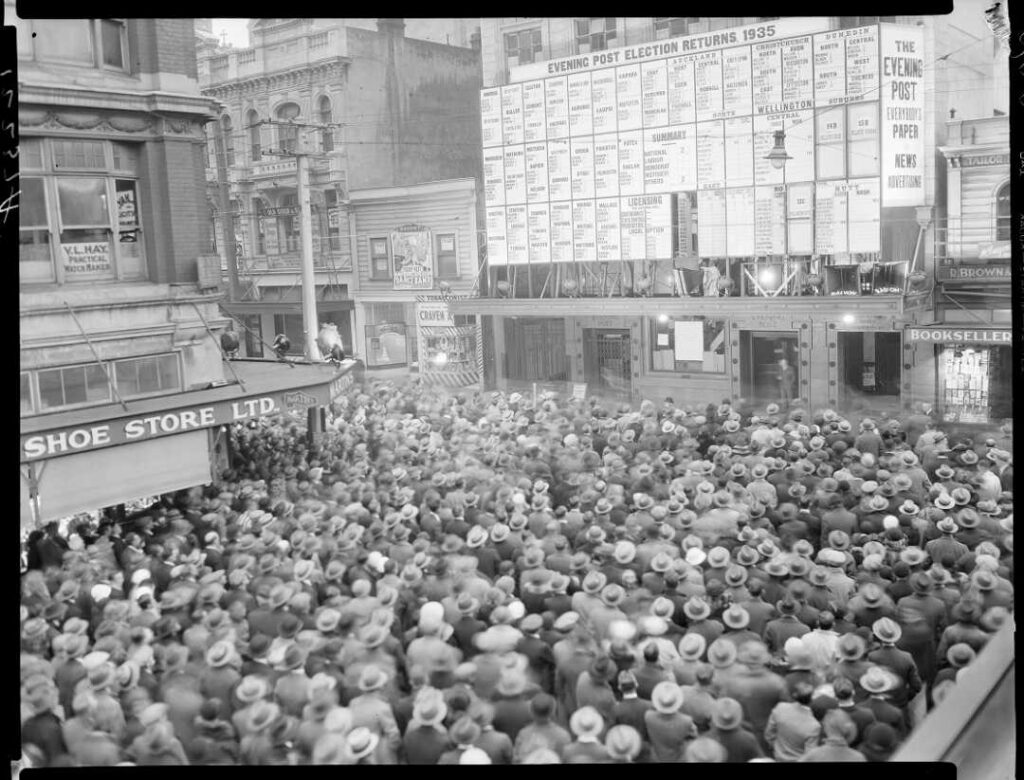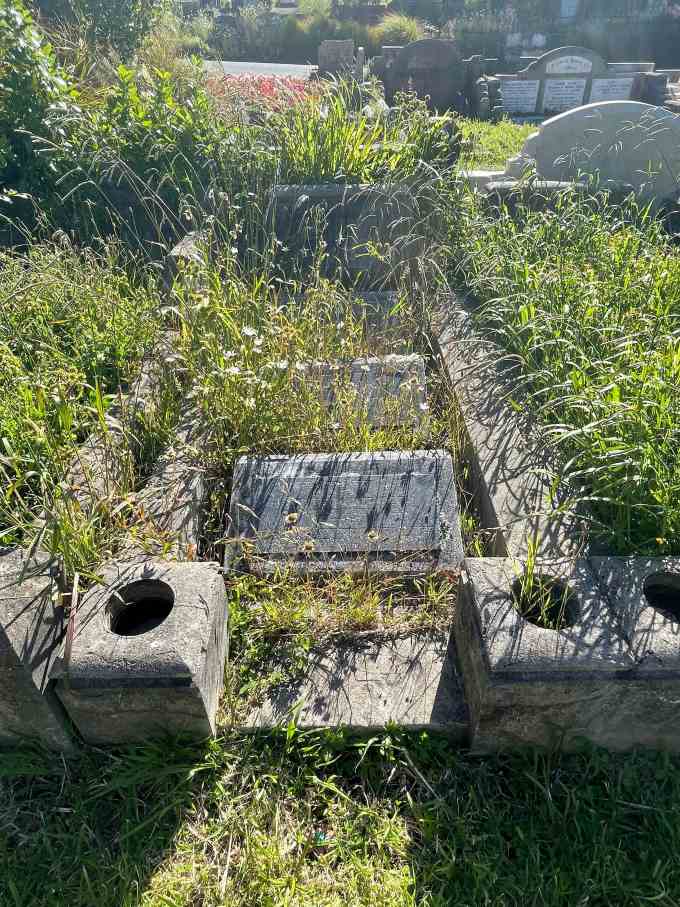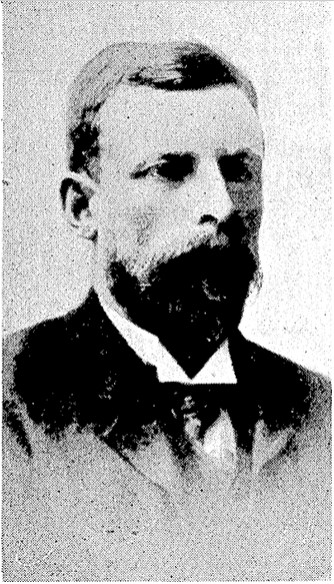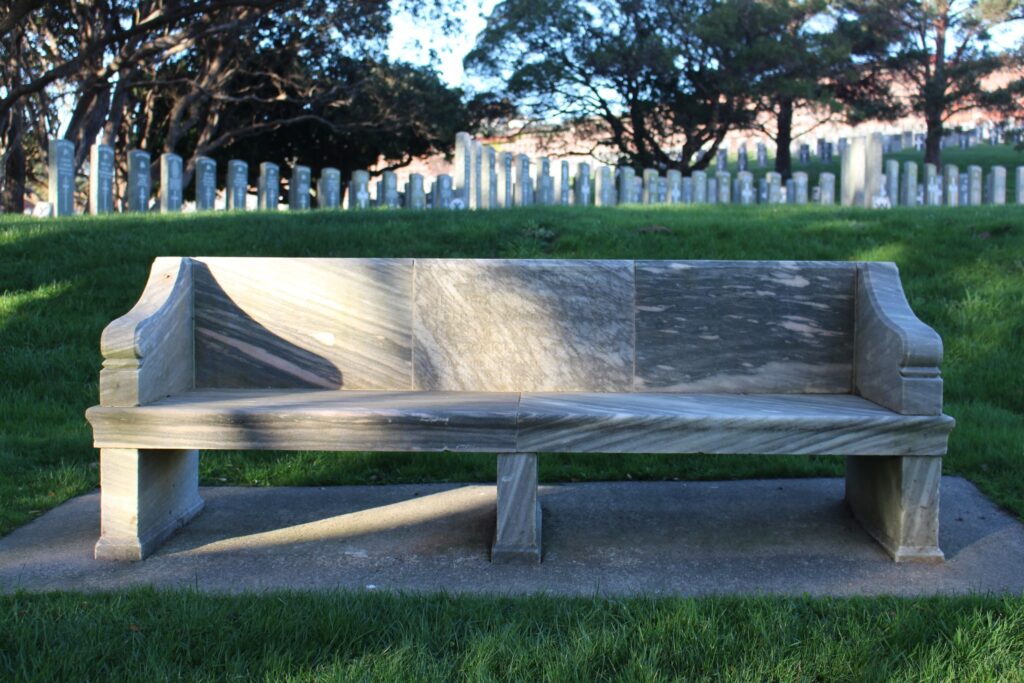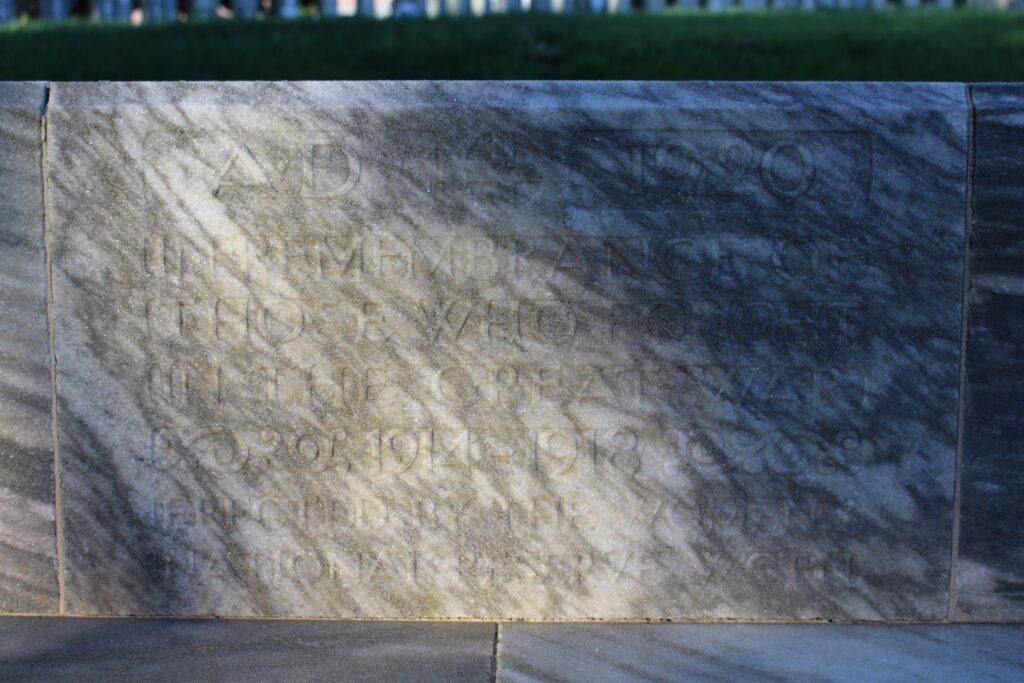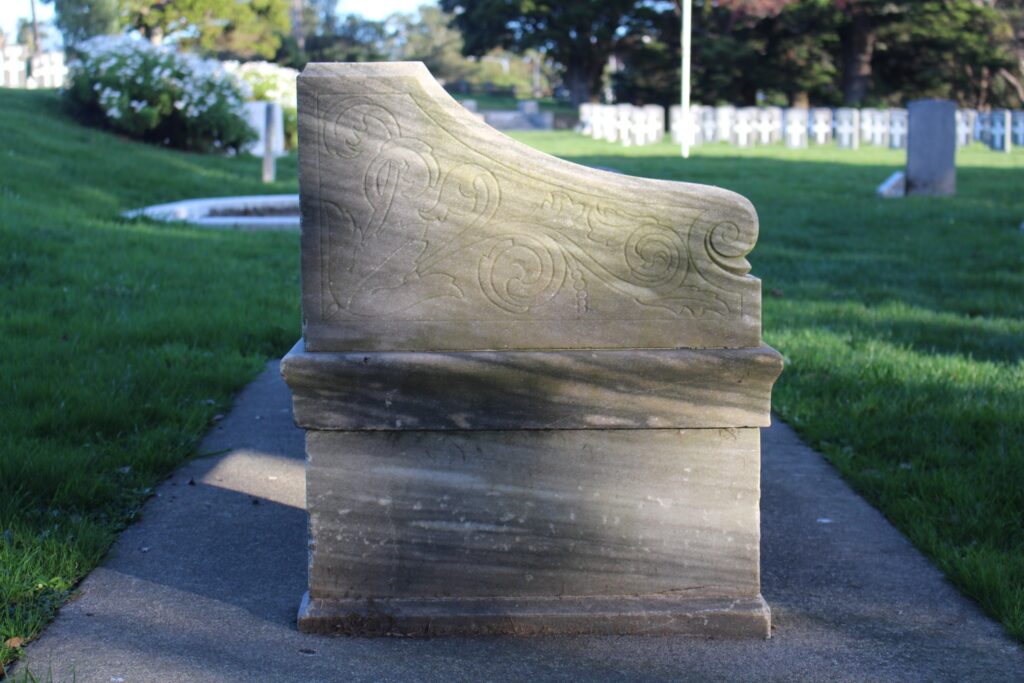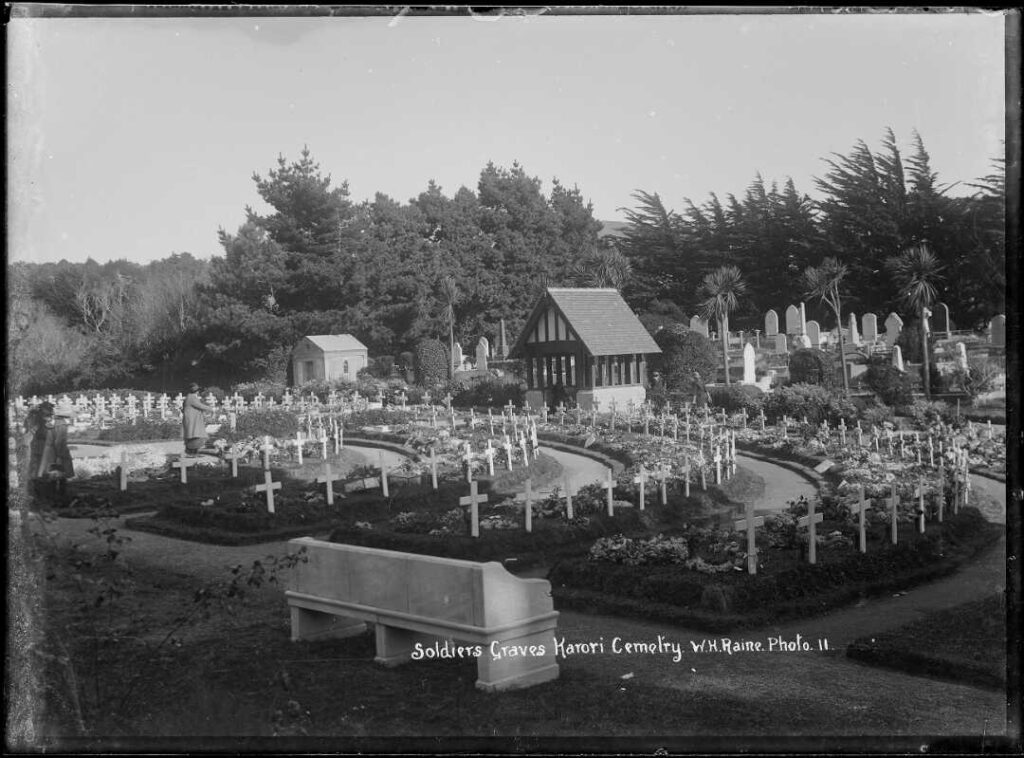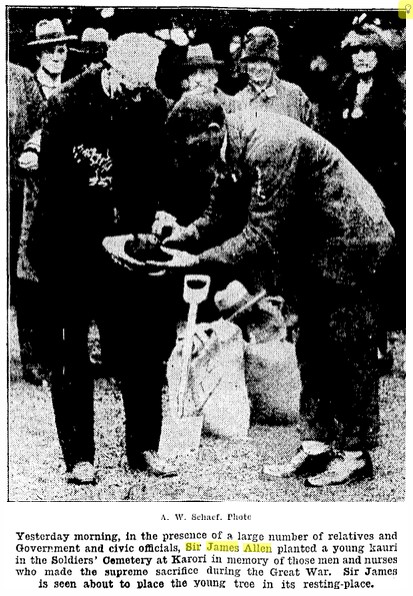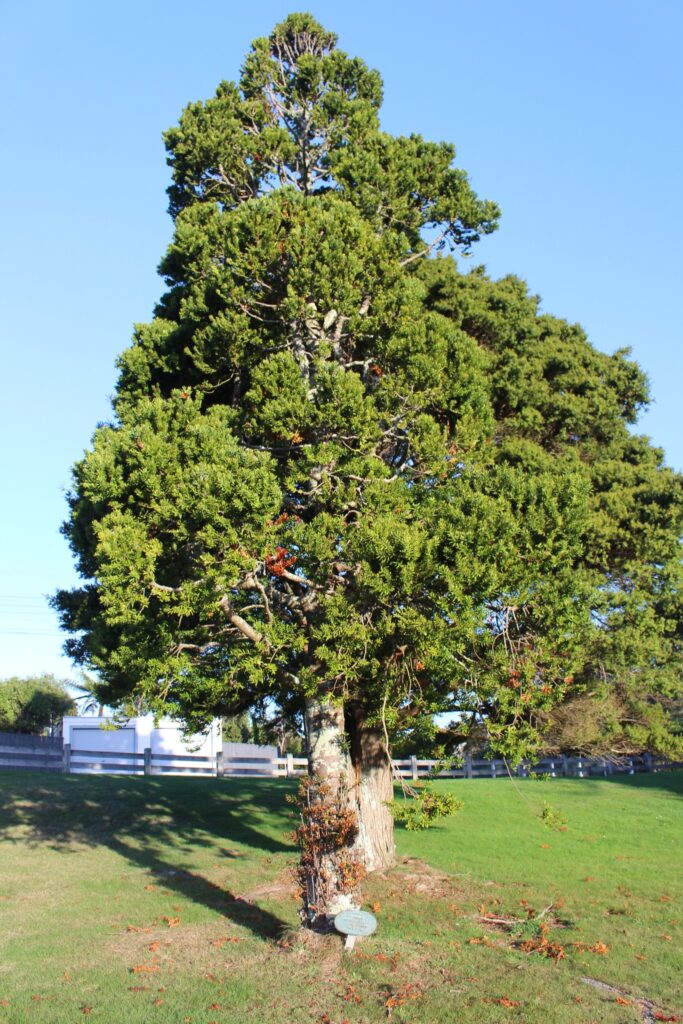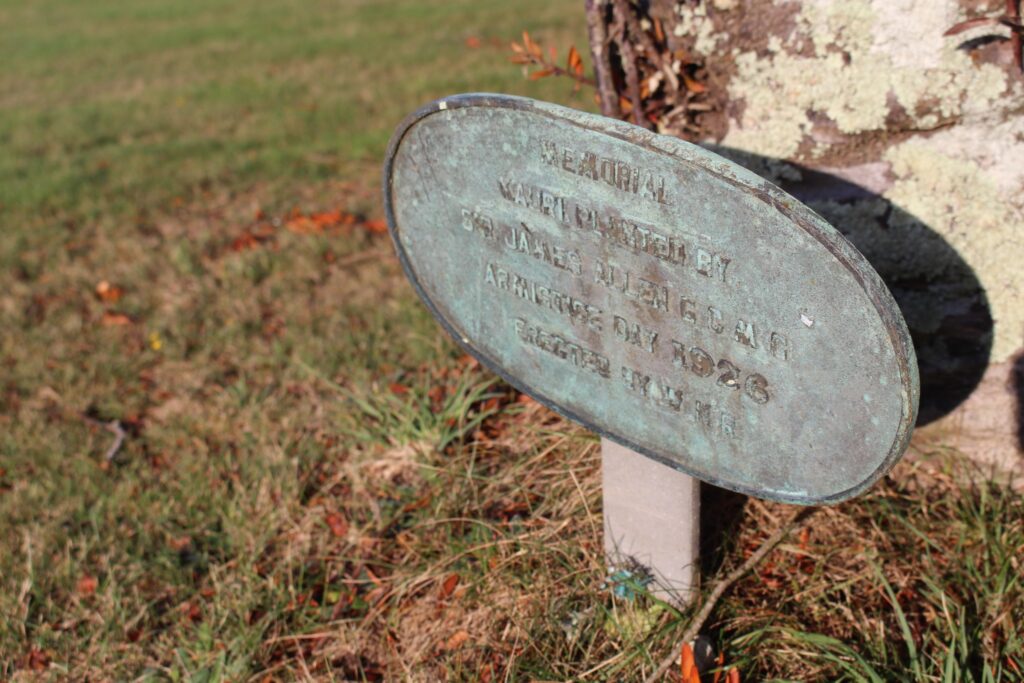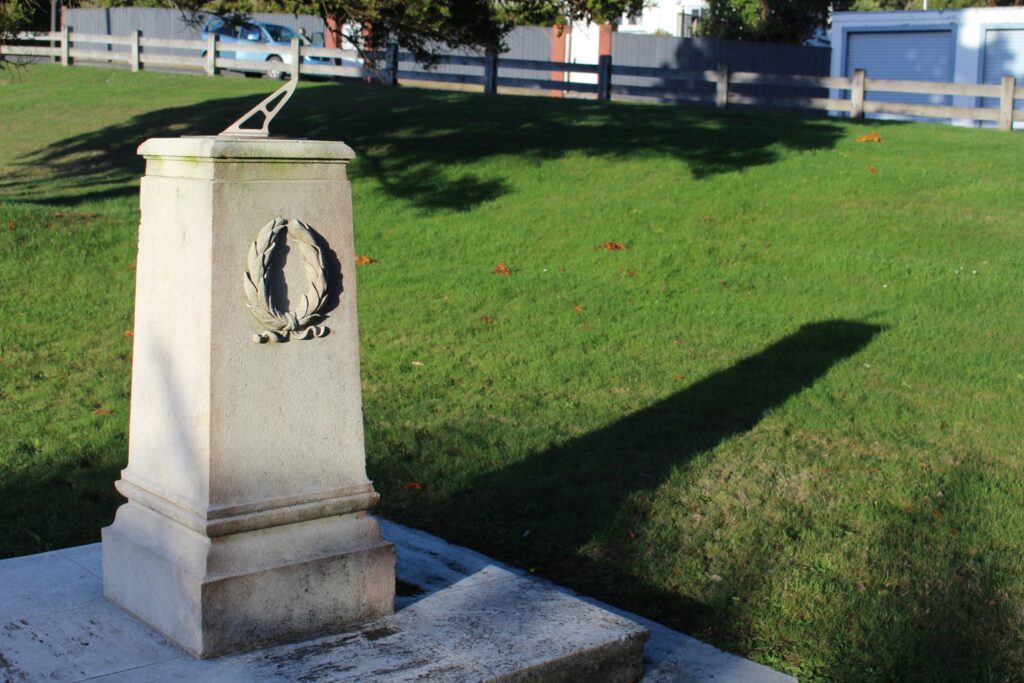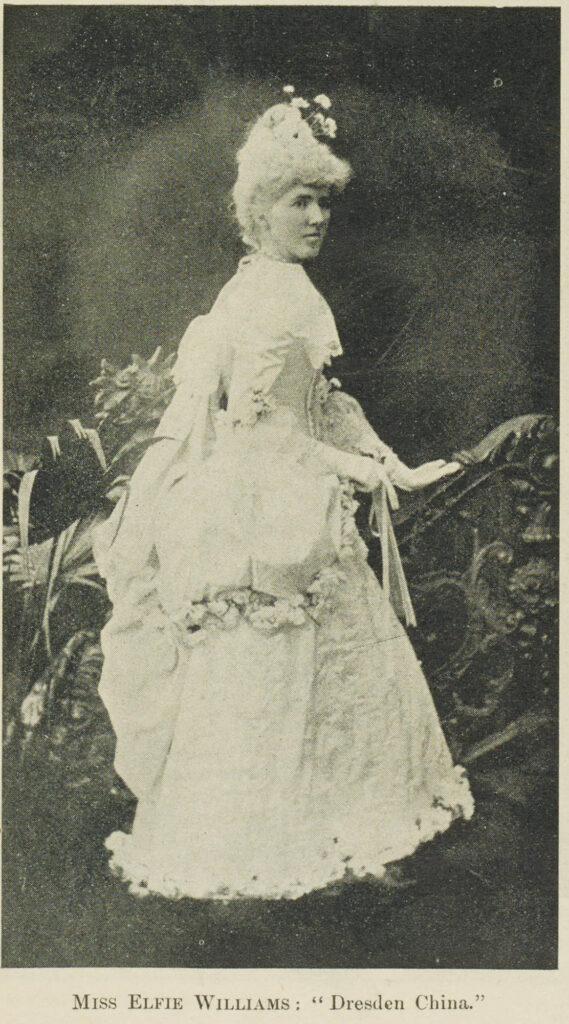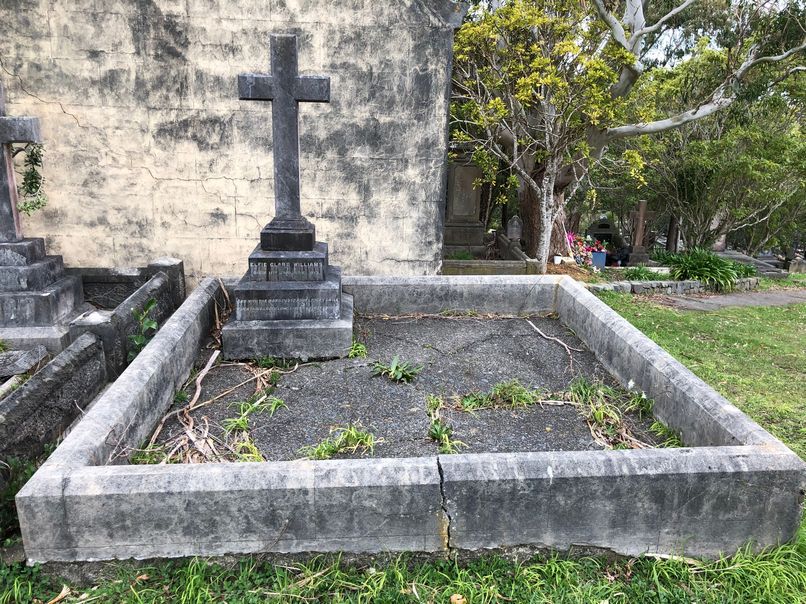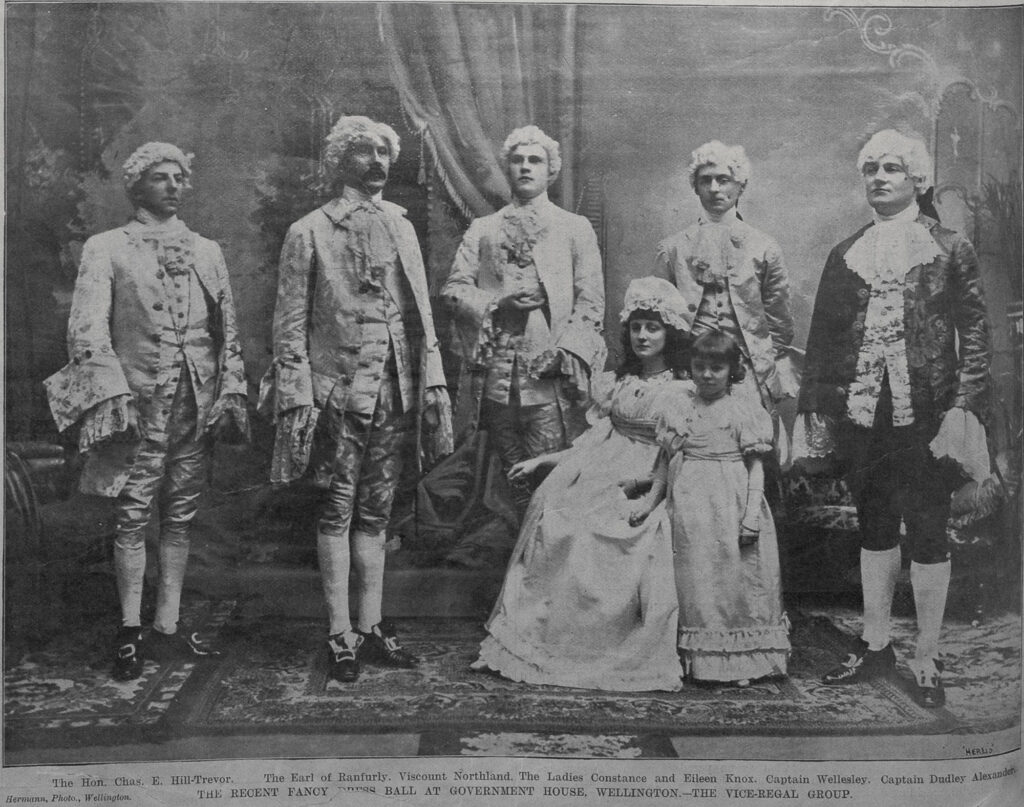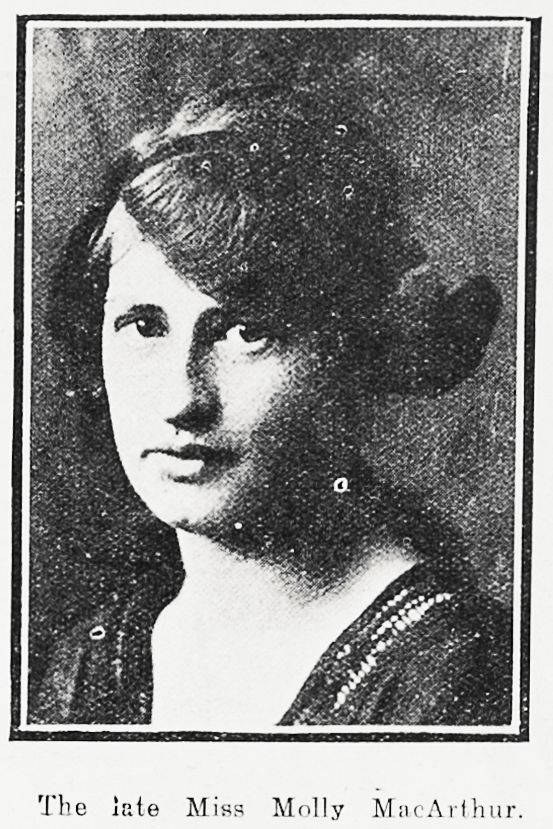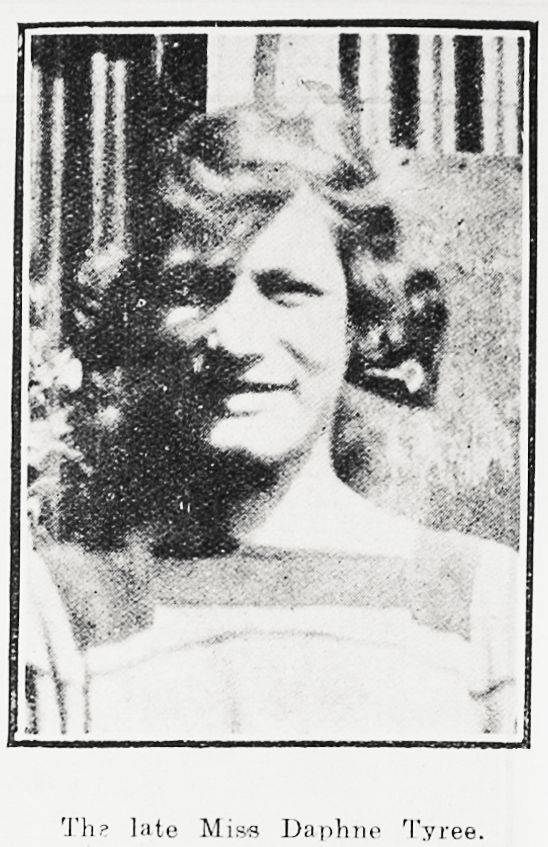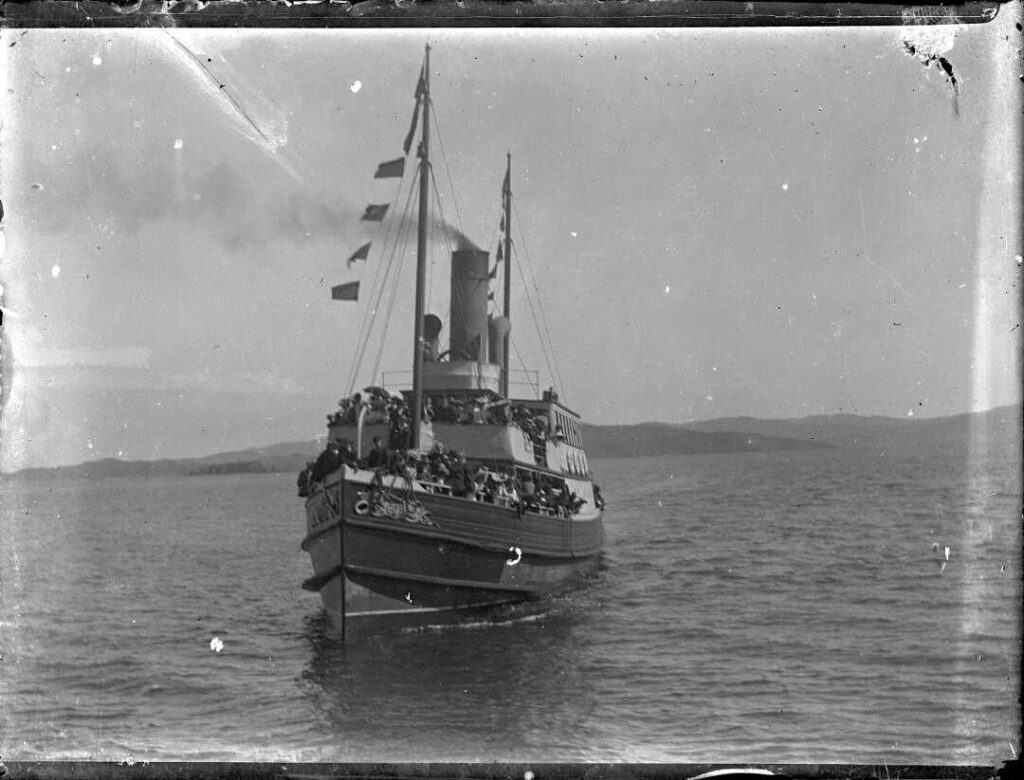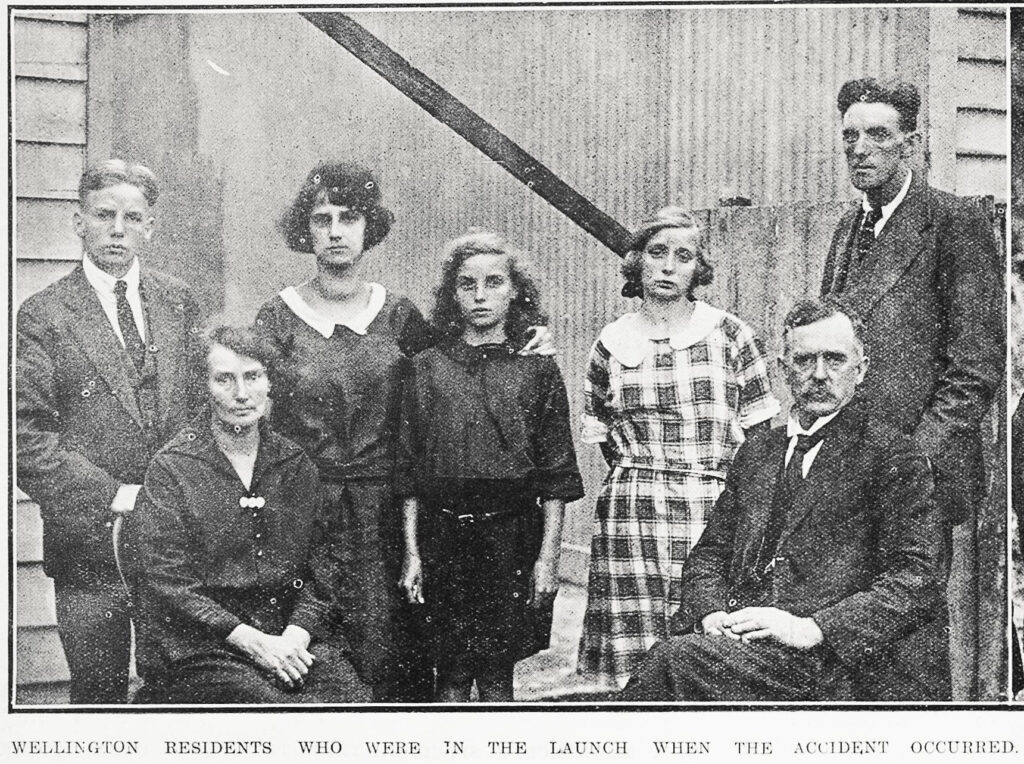Toomath’s Buildings
We are very sorry to see that the Toomath’s Buildings at 43-47 Ghuznee Street will now be demolished after the recent fire there. The classical Edwardian building was built in 1900 by the estate of Edward Toomath, a well-respected early settler regarded for his contribution to education.
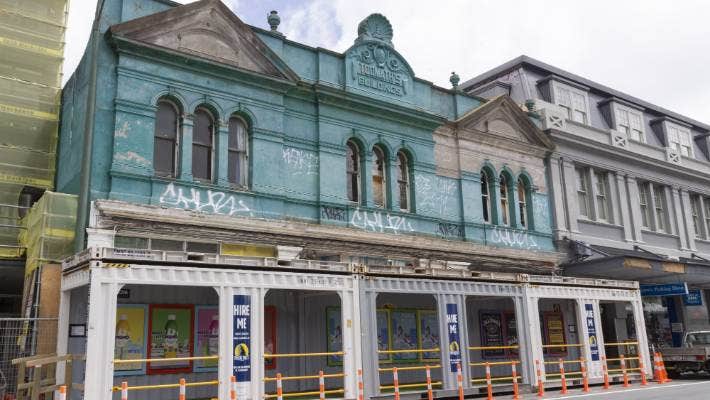
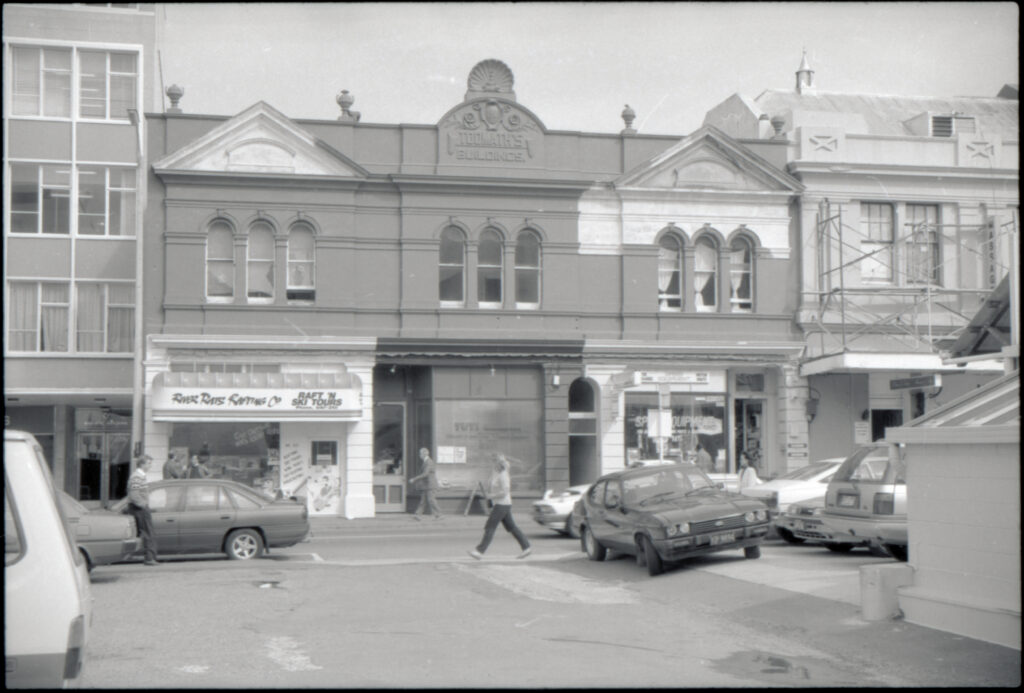
Here are some stories of the early tenants of this building:
Shop 43: Joseph McCabe – hairdresser and occupier 1915 – 1935
Joseph was a long-term tenant of this shop. In 1926 he suffered a break in when he discovered his till lying empty on the floor. Cigarettes, safety razor blades, other goods and cash were taken. Albert Duncan, a painter and James Frost, a barman were convicted.
In 1932, Joseph was fined £20 for using his hairdressing shop as a betting premises. Undeterred, he was fined again in 1935, this time £50 for ‘keeping premises as a common gaming house’. At the same time, Frederick Harding (a watchman) was fined £1 for having been on Joseph’s premises. He had been collecting a dividend. ‘I’m afraid this is going to cost you your winnings’ said the magistrate. Joseph died in 1940, age 74. His wife Elizabeth died in 1953. They are buried in plot Public 3/F/203.
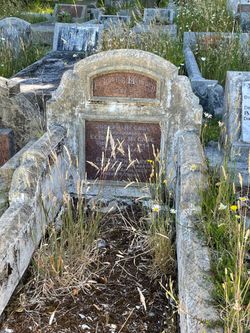
Shop 45: Bitossi & Co – piano tuner and occupier 1925
Pilade (Peter) Bitossi was likely born in New Zealand but it is unclear whether his father is his mother’s first husband Giulio Orlandi, or second husband Antonio Bitossi. Shortly before Antonio’s death in 1929, he registered the births of all of his adult children and Pilade was not among them.
He was born in 1880 and by the ag of 17 was working as a hawker selling merchandise for his parents. It was at that time he got into some strife breaking the shop windows of Mr Carolin in Dunedin. This was in response to Mr Carolin not paying for an ornament he had purchased from Pilade. The judge felt that Pilade had suffered somewhat from spending 48 hours in a cell. He was convicted and discharged and had to pay 15s for the replacement windows.
By 1900 he was in the employ Edward Falkner who in 1909 charged with eighteen fraudulent dealings in pianos. In 1906 he married Blanche Hargood and they had four children.
He is buried in Ch Eng 2/E/242 with his wife and infant son who died in 1919.
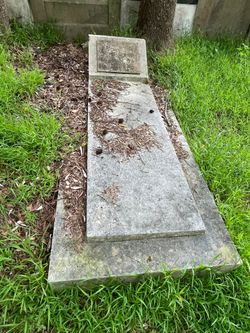
Shop 45: Joseph Devlin – grocer and occupier 1908-1916
Joseph was born in Arboe, County Tyrone, Ireland and came to Wellington in 1880. His obituary said that he was ‘one of those who saw Wellington grow from practically a township and he had many interesting reminisces of the old days in this city’.
He was a long-time trader at 30 Cuba Street but in 1908 his premises were put up for sale for removal by R Hannah and so he moved to Ghuznee Street.
In 1910 he appeared to be missing a boy:
‘Wandered from 47 Ghuznee Street, Boy aged 5, blue jersey, blue pants, tan socks and black boots. Would any person knowing of the same please communicate with J Devlin, grocer’. There were no further updates printed, so it is presumed the boy was found.
He died in 1937 aged 84. He is buried in plot ROM CATH/P/3 with his wife Bridget (nee Dalton) who died in 1943.

